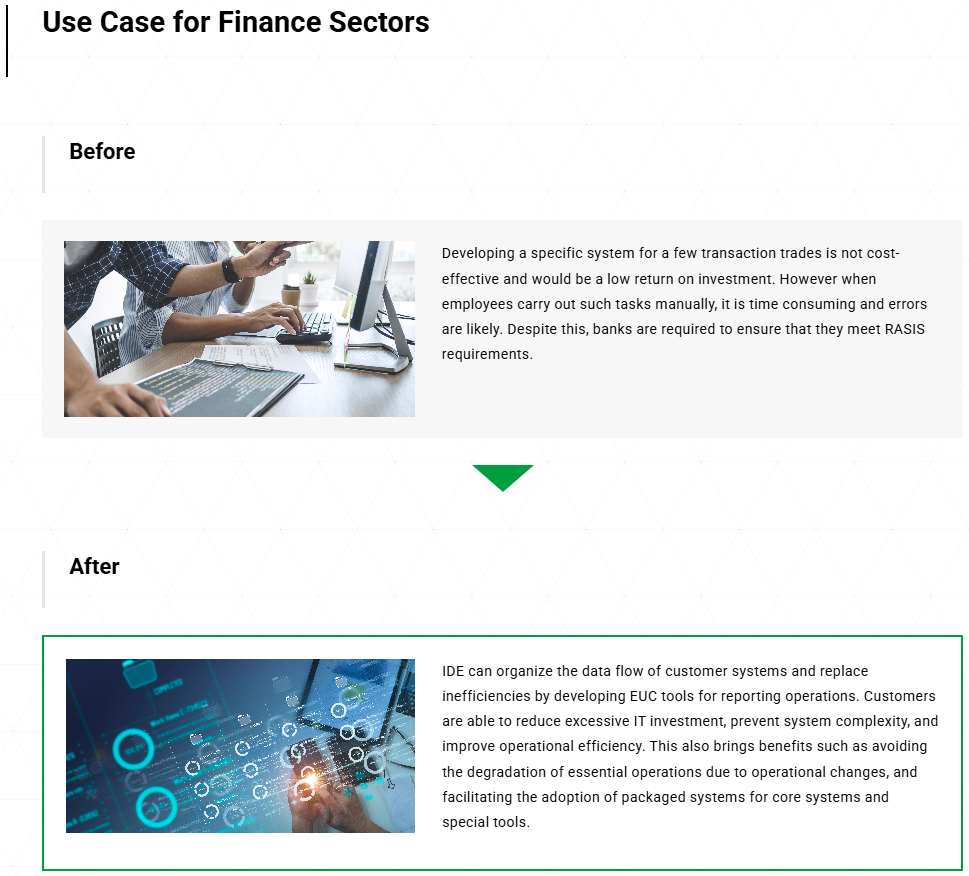The Japan User Association of Information Systems (JUAS) publishes the QCD achievement status of system development projects in its “Corporate IT Trend Survey Report 2024”.
The report, though it cannot be republished on this page due to copyright restrictions, essentially summarizes the status of quality, budget and adherence to deadlines by project scale (under 100 man-months, 100 to under 500 man-months, 500 man-months or more) and by year (from 2014 to 2023).
The figures vary greatly depending on the scale of the project, but even for small-scale projects with a relatively easy-to-control scope of less than 100 man-months, the figures for FY2023 show that 32.8% of projects were completed on schedule, 38.7% were completed on budget, and 24.0% were completed to the satisfaction of the client. (Pages 184-186 of the same report)
When you multiply these figures together, the percentage of projects that satisfied all of schedule, budget and quality comes to around 2.9%.
In other words, if the criteria for a successful project is to achieve QCD, then the success rate is only around 3%.
The report also discusses the factors that led to the failure of achieving QCD on schedule, and cites human factors such as insufficient skills and system development resources, as well as technical factors such as frequent specification changes and the complexity of working with existing operations and systems.
As a countermeasure, for the former, it is necessary to assign system developers with sufficient skills and experience to the project. In many cases, it may not be possible to find such personnel within the company. This is why there are professionals like us.
As for the latter, if it is a completely new system construction project, companies may still find it manageable, but when a project involves the modification of an existing systems, the complexity of the project increases and becomes unmanageable. Such projects are becoming more common, so in order to avoid failures due to these technical factors, we are promoting the use of EUC (End User Computing) tools in our support for customer projects.

If you have any questions or inquiries regarding this news article, please contact us via our contact page.
Contact | ID Europe B.V. (idnet.co.jp)
